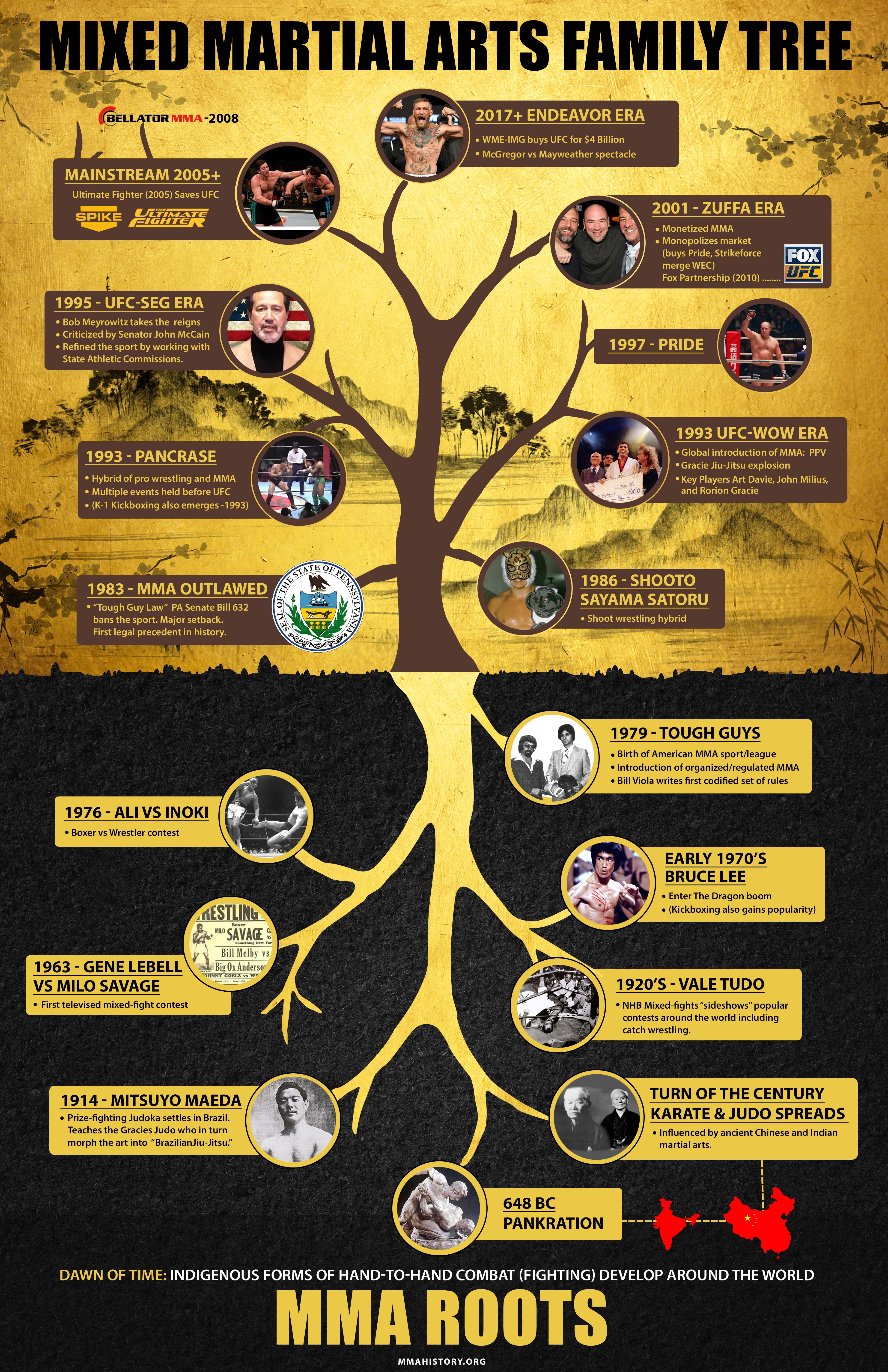Exactly How Does The Focus On Discipline In Traditional Martial Arts Comparison With The Competitive Aspect Of Modern-Day Battle Sports? Learn About The Crucial Differences That Can Assist Your Development
Exactly How Does The Focus On Discipline In Traditional Martial Arts Comparison With The Competitive Aspect Of Modern-Day Battle Sports? Learn About The Crucial Differences That Can Assist Your Development
Blog Article
Author-Thuesen Snedker
When you think about martial arts, do you lean much more toward the conventional techniques or the contemporary combat sporting activities? Each path provides one-of-a-kind advantages and experiences, shaped by their ideologies and training approaches. Typical martial arts emphasize individual growth and technique, while modern combat sporting activities concentrate on competitors and efficiency. Recognizing these differences can guide you in picking the right technique for your journey. However just how do these distinctions manifest in training and philosophy?
The Philosophy and History Behind Conventional Martial arts
While lots of people associate martial arts with physical battle, the ideology and history behind conventional martial arts run much deeper. You'll locate that these techniques emphasize individual development, discipline, and respect.
Stemming from old methods, standard martial arts were typically developed for Self-Defense and spiritual development. They personify principles such as equilibrium, harmony, and self-control, directing specialists past mere fighting skills.
As visit the next web site train, you'll not just learn techniques yet additionally acquire understandings into the society and values that formed these arts. The routines and customs, usually passed down through generations, cultivate a feeling of neighborhood and belonging.
The Competitive Nature of Modern Combat Sports
Modern combat sporting activities have actually changed the landscape of martial arts into a very affordable arena, where athletes take on in a test of skill, method, and endurance.
You'll discover that competitors are typically arranged with rigorous policies and laws, guaranteeing justice and safety and security. These occasions attract big target markets, sustaining the excitement and intensity of matchups.
Athletes train rigorously, not just for physical prowess however likewise for mental sturdiness, understanding that every detail counts in the ring. The adrenaline thrill throughout competitors is palpable, as fighters push their limits to claim success.
Fans value the athleticism and artistry included, making contemporary combat sporting activities a thrilling spectacle that remains to evolve and mesmerize fanatics around the globe.
Training Methods and Techniques: A Relative Evaluation
The affordable environment of modern combat sports needs innovative training approaches that vary substantially from typical martial arts.
In modern training, you'll concentrate on certain strategies, competing, and conditioning, usually using drills that simulate actual fight scenarios. You'll see an emphasis on measurable performance and regular competitors to assess your abilities.
In web link , traditional martial arts prioritize forms, katas, and philosophical trainings, frequently stressing discipline and regard over competitors.
Training is usually less intense and may include repeated practice instead of real-time sparring.
While both methods construct skill and fitness, modern combat sports offer a more dynamic and adaptable training setting, preparing you for prompt challenges in the ring or cage.
Choose the course that straightens with your goals and passions.
Final thought
In picking in between traditional martial arts and modern-day combat sporting activities, it really boils down to what you value most. If what do kids learn in martial arts searching for personal development, technique, and a sense of community, traditional arts could be your finest fit. Yet if you grow on competitors and real-time difficulties, contemporary combat sporting activities could be the method to go. Inevitably, both paths offer unique benefits, so it's everything about aligning your training with your personal objectives and interests.
